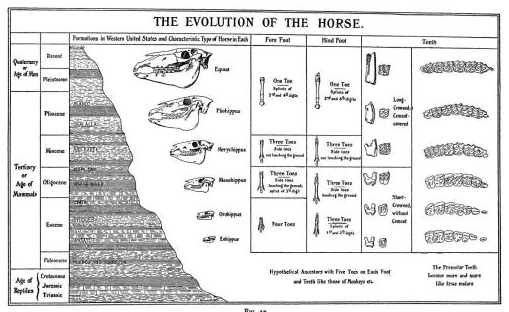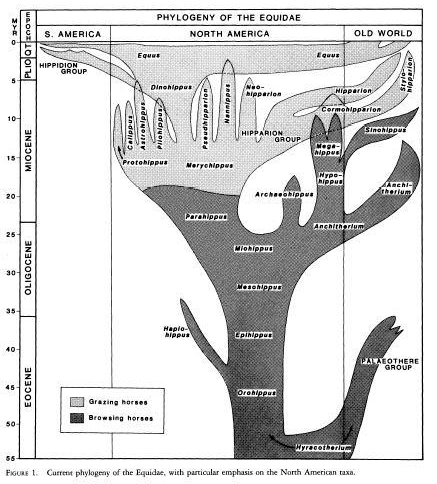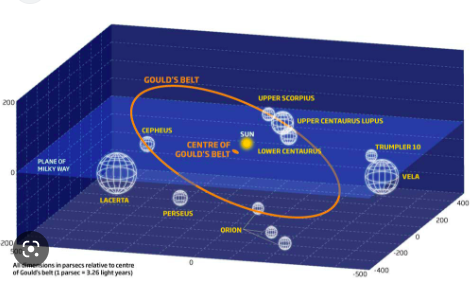According to the latest research, chimpanzees recognize other chimps not just by their faces but by their butts.

Which raises the further question: Why are chimps down on all fours, while we’re not? This and related matters are subjects of a major recent review, “Fossil apes and human evolution,” which contrasts “top-down” and “bottom-up” approaches to understanding comparative ape and human ancestry. The authors write “top down approaches have relied on living apes (especially chimpanzees) to reconstruct [human] origins.” By contrast, “bottom-up” approaches pay more attention to the fossil record. The review brings to the fore something that’s been brewing for a while: fossil apes from the mid to late Miocene, leading up to the time that gorillas, chimps, and humans go their separate ways, are a varied bunch, and the last common ancestors of gorillas, chimpanzees, and humans, and of chimpanzees and humans, may be creatures that didn’t look all that much like any of the three. More specifically, the common ancestors may have been “orthograde,” standing upright and using both feet and hands to clamber vertically through trees. From ancestors like this, gorillas and chimps may have evolved similar innovations in parallel, getting bigger, evolving longer arms, larger palms, and shorter backs – all of which helped them as big animals to get around in trees, but also led them to take a more crouching posture, and to adopt the expedient of knuckle-walking on the ground (and hence to spend a lot of time looking at one another’s butts). The ancestors of humans, on this account, followed a different path, adopting bipedalism – not such a big step, already a big part of their postural repertoire – when walking on the ground.
In some ways, gorillas and chimps seem to be caught in a “specialization trap.” This seems to show up in the energetics of locomotion. For a human being, it takes about 50 kilocalories to walk a mile (or about 30 kcal to walk a kilometer). This is about the same as you’d expect for a standard mammalian quadruped of our size. But for chimpanzees, committed to knuckle-walking, the energy cost is about double.











